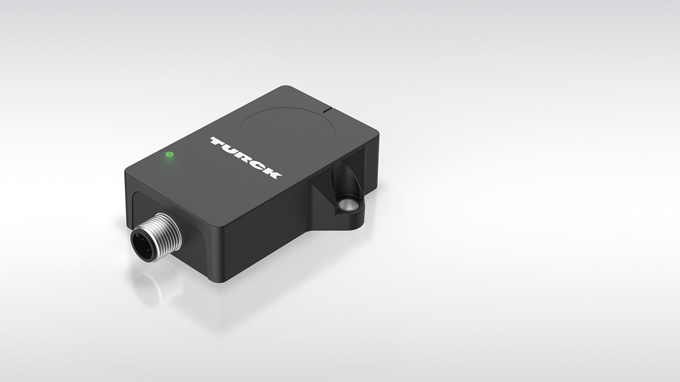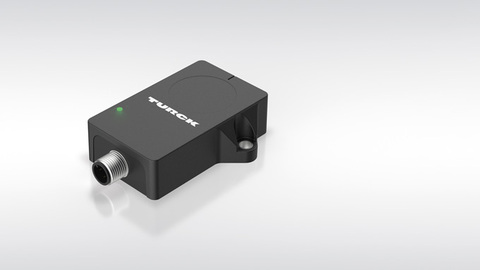

Now also analog: Turck's inclinometers with hybrid measuring principle
Inclinometer Sensors with Analog Output
02/24 – Turck's inclination sensors with fused MEMS/gyroscope signal now also available with conventional analog output
Turck is adding new devices with an analog output to its existing portfolio of QR20 inclinometers with IO-Link or a switching output. The new sensors are also available as single-axis devices for static (B1N) or moving applications (B1NF) as well as dual-axis sensors for static (B2N) or moving applications (B2NF). The QR20 inclinometers generate their signal from the fusion of two measuring principles: a gyroscope signal and an MEMS acceleration measurement (Micro-Electro-Mechanical Systems). The combination of measuring principles masks out shocks and vibrations much more effectively than devices with conventional signal filters. The devices therefore achieve a previously unknown degree of dynamic measurement for moving applications or vibrating machines, including positioning and lifting applications.
The analog output of the QR20 sensors can be configured in different ways: besides the conventional 0…10 V or 4…20 mA variants, 0…20mA, 0.1…4.9V; 0…5V or 0.5…4.5V can also be set with the IODD Configurator. Alternatively, the measuring ranges for each axis can be set by entering the angle value via the text input or by accepting the particular angle position. The sensor can also be taught in via pin 5 or with an Easy teach adapter. Adjusting the measuring range enables users to utilize the full resolution of their input even for a narrow angle section.
A “spirit level function” simplifies device installation. The flashing of an LED is used here to indicate the horizontal position of the sensor. This therefore enables the error-free and reliable installation of the sensor without any accessories. The use of translucent plastic eliminates the potential weak points in the housing arising from the use of LED lenses.

